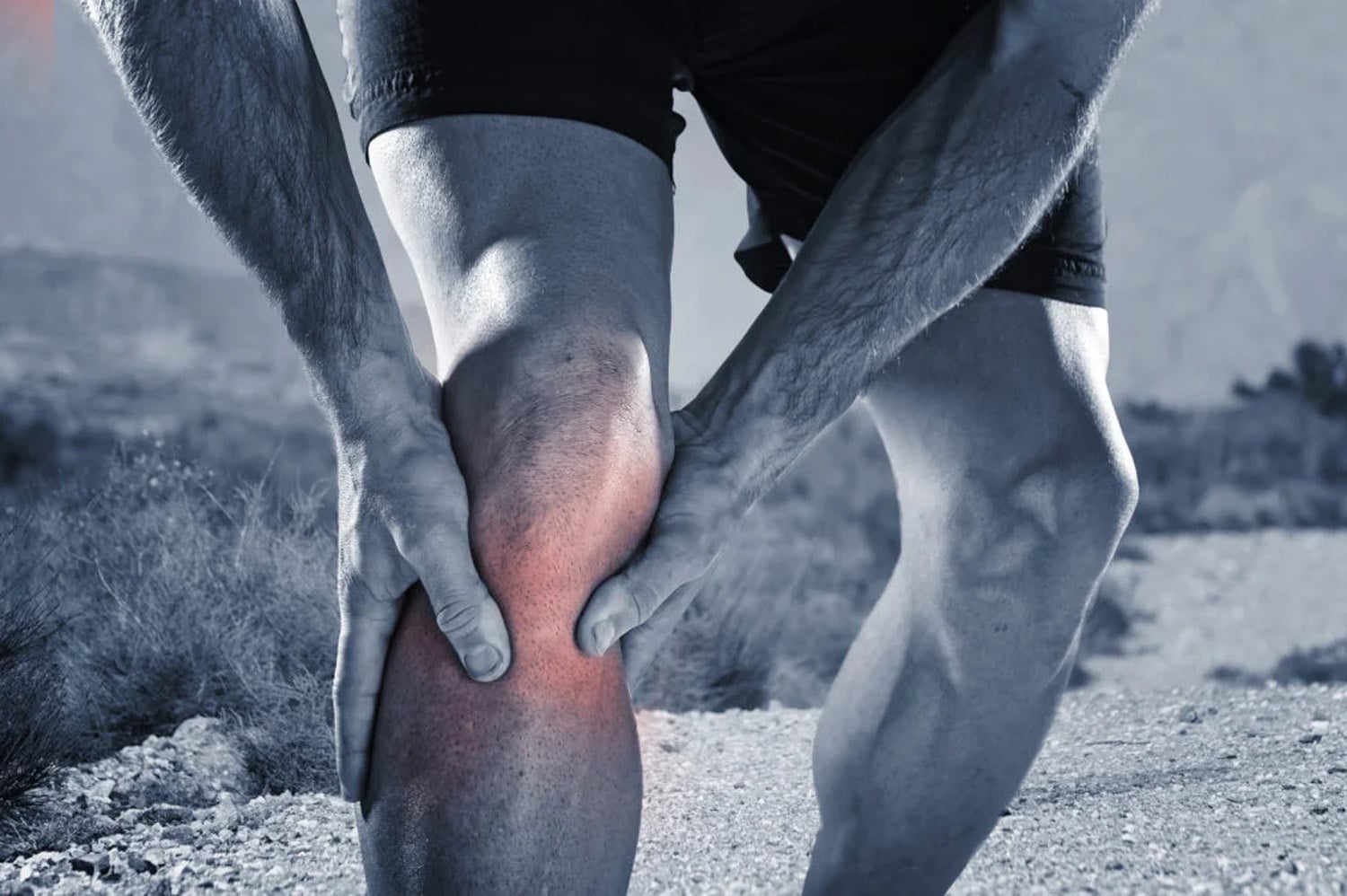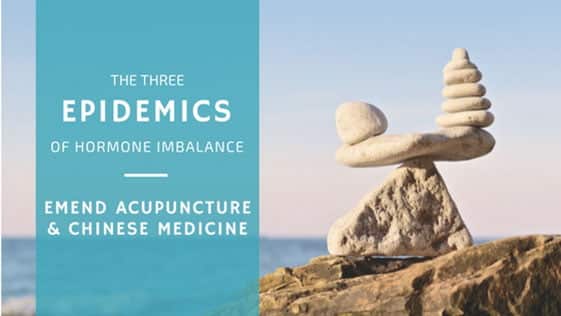
The Role of Ice in Recovery
In my field of medicine, I treat all types of pain. Pain can come from damage to the muscles, nerves, bones, ligaments, or from an obstruction of the blood flow to arteries and veins. My patients are often confused about one aspect of pain treatment – whether to apply ice or heat – so I always discuss that with them. Historically, we have thought that ice is the best treatment for pain. We may even notice that it feels better temporarily as ice numbs the area. However, after the first 12-24 hours, heat therapy works better. It is important to understand why we recommend this so you can work with your body instead of against it.
Healing response after injury
What is inflammation? Immediately after tissue damage, whether from injury or just heavy-use strain, the body sets out to correct the damage. The way it does this is similar to the way its immune response fights off a cold. When your body is being attacked by a germ, it sends cells and proteins to the site to kill and remove the offending germs. Similarly, when the body detects tissue damage it will immediately send the same cells and proteins to begin to repair the area. Whether you’re dealing with a cold or a sprained ankle, the body’s response is the same.
It is these immune cells and proteins that cause inflammation. Once the body floods the injury site with inflammatory cells, one of the cells (called macrophages) releases a hormone (called IGF-1) into the damaged tissues to help the healing process. Ice can delay healing, since it will prevent the body from releasing that healing hormone. Tests conducted on mice showed that those with inflammation and high levels of the healing hormone in damaged muscles healed quickly while those with reduced inflammation and no IGF-1 did not heal.
Ice affects blood flow to the area
“Ice for swelling.” It’s what we’ve learned since we were kids. The problem is that to reduce the swelling, ice will constrict blood vessels near the site of the injury and limit blood flow. Reduced blood flow to the injury site means you are now getting fewer macrophages to damaged tissues to speed healing. Further compounding the problem is the fact that blood flow will take up to several hours to return after ice application. In some instances, this decreased blood flow can cause the tissue to die and even lead to permanent nerve damage.
Compare this result with the way that acupuncture increases blood flow to an area. Studies of acupuncture have shown that it has a strong ability to force the body to flood an area with fresh oxygenated blood to improve healing response. More blood flow brought to the area means more macrophages, which in turn will increase the release of healing IGF-1 into the damaged tissues.
Recent studies challenge ice for healing
The theory behind R.I.C.E for injuries is proving outdated. R.I.C.E (Rest, Ice, Compression, and Elevation) creator Dr. Gabe Mirkin has written recently on the results of studies showing that ice and compression have shown no more evidence of success than compression of an injury site alone.
Acupuncture for pain relief and healing
Decreasing blood flow to an area of the body can do more than disrupting the healing process. In acupuncture, less-than-ideal blood flow is often referred to as “stagnation”. Decreased circulation to parts of the body may be associated with varying levels of pain as well. Angina, for example, is chest pain associated with decreased circulation, likely due to a clot obstructing a blood vessel. This can lead to discomfort or severe pain, often described as a pressure or heaviness. A clot restricting blood flow causes severe pain, and typically, removing the clot and restoring blood flow will immediately decrease the pain.
Chronic pain issues like low back pain and neck pain are perfect examples of acupuncture’s strength in mitigating pain and promoting healing. Chronic pain is often associated with high levels of stagnation. As acupuncture drives the body to increase blood flow where directed, it brings fresh oxygenated blood to the injury site. This has a two-fold benefit – it brings more inflammatory cells to help with healing, and it helps carry away the by-products of the healing process. Improved circulation attributed to acupuncture isn’t temporary either – the increase in blood flow can last as long as 48-72 hours after the treatment, improving healing throughout that time.
What I recommend
In the event of an injury, immediately stop the activity that may have caused the injury. If you feel the pain is severe, you are having difficulty breathing, you are confused, or may have or even are on the verge of losing consciousness, seek immediate emergency medical attention. If you have any open wounds due to the injury, have them cleaned and dressed. If your situation permits, try to elevate the injured body part to limit swelling. Have someone with medical training examine the injury to make sure there are no obvious signs of broken bones or anything that can cause further damage with movement.
If the injury is isolated to muscles or soft tissues, someone with first aid experience may apply a compression bandage as needed. Ice has been shown to reduce some pain, but it should be used judiciously to cool for short periods of time. If you do need to apply ice for the pain, then use a 10/20 system – 10 minutes of icing, followed by 20 minutes of no ice to let it rest, and repeat once or twice. After 6 hours, ice no longer serves as any benefit and as we have seen above can be quite a drawback.
For chronic pain conditions, it can be as important to keep the area warm as it is to go easy on the ice. Keep areas prone to soreness or injury covered during the day and protected from the constricting nature of the cold. Drafts from air conditioning, leaky windows, or even simply being outdoors can permit the cold to undermine your ability to heal. Protect these areas by ensuring they are covered from the elements and kept warm. A scarf can go a long way to limiting neck tension and pain by allowing consistent circulation and keeping the spine and neck warm and tender.
See an acupuncturist as soon as possible for a consultation. Early treatment can help avoid chronic pain getting worse.
Erin West is a Doctor of Traditional Chinese Medicine and licensed acupuncturist in Gilbert, Arizona specializing in pain and infertility. She loves sharing her passion for natural approaches to health through her online articles and at her clinic, Mend Acupuncture and Herbal Medicine, at Sage Health Point on Lindsay Road. Call for an appointment at 480-788-1757.
References:
- Journal of American Academy of Orthopedic Surgeons, Vol 7, No 5, 1999.
- Federation of American Societies for Experimental Biology, November 2010.
- Knee Surg Sports Traumatol Arthrosc, published online Feb 23, 2014.
- The American Journal of Sports Medicine, January, 2004;32(1):251-261.

Meet Dr. West, TCMD, LAc
Dr. West graduated with a Bachelor of Science in Cellular Biology from California State University Fullerton in southern CA where she was raised. She then completed a 5-year Doctorate in traditional Chinese medicine (TCM) at Pacific Rim College of Integrative and Complementary Medicine in Victoria, British Columbia, Canada. Dr. West is Nationally Board Certified in Acupuncture and Oriental Medicine by the NCCAOM and licensed with the State of Arizona.


